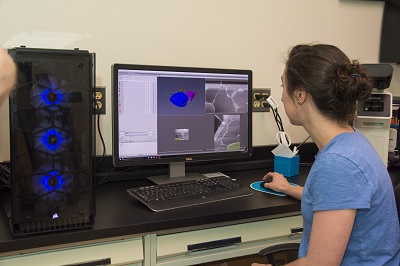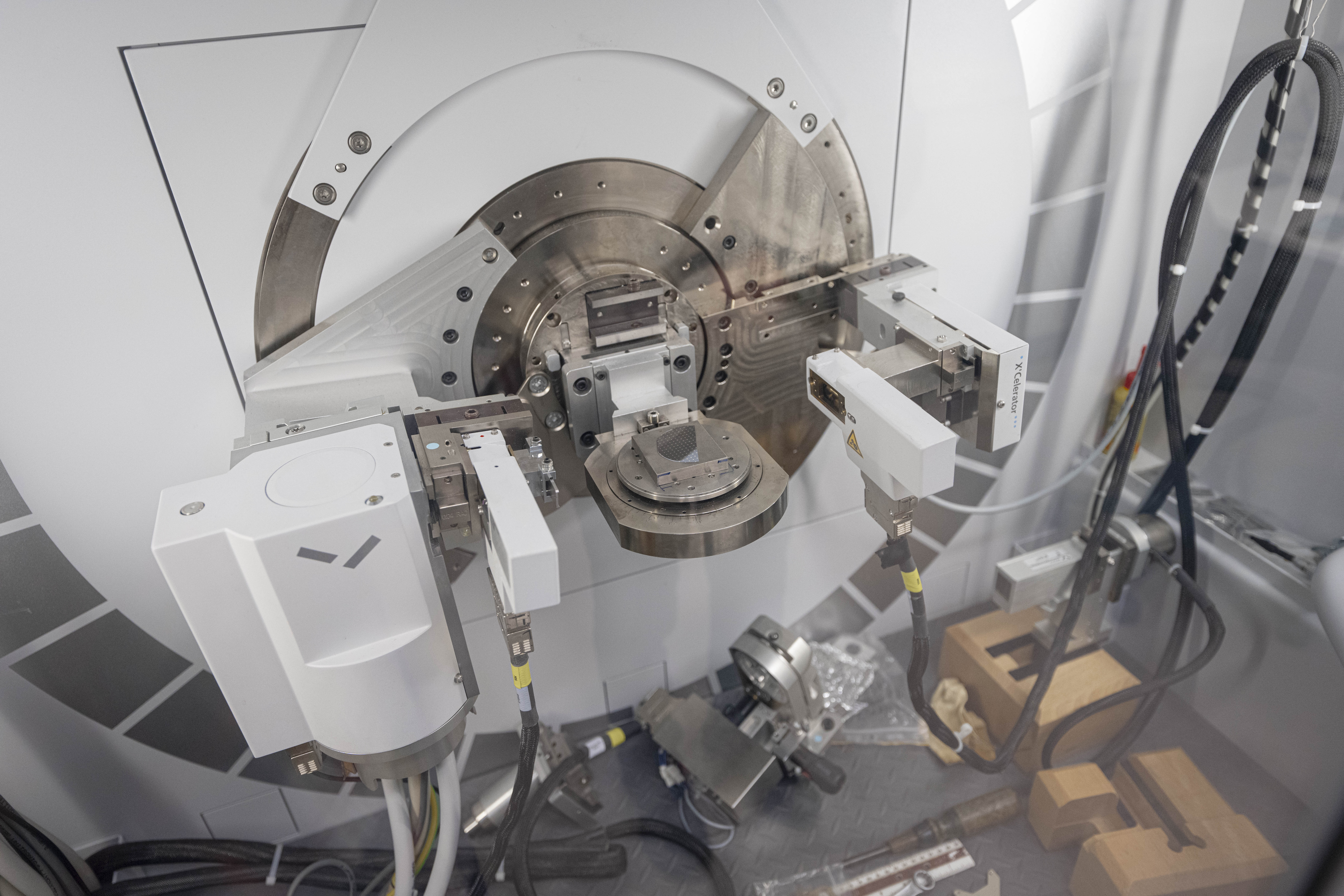Worcester Polytechnic Institute (WPI) has launched a new center that aims to dramatically improve data gathering and computer modeling techniques that will lead to the development of better equipment and materials used by the automotive and aerospace industries.
Known as the Center for Materials Processing Data (CMPD), its members generate and manage time- and temperature-dependent material property data—formally called “transient data”— used in process modeling and simulation. Precise data is critical in the ongoing development of high performance materials, but there are no such information repositories widely shared by industry.
“There is no center like this anywhere in the world,” said Danielle Cote, director of CMPD and an assistant research professor in materials science at WPI. “To our knowledge, no other center is capturing transient data, which is crucial in improving accuracy in many materials process models.”
CMPD is the fourth center under WPI’s Metal Processing Institute, the largest university-industry alliance in North America.
WPI recently hosted CMPD’s kickoff meeting, which was organized by WPI and the other CMPD partner institutions: the University of Connecticut, the University of Buffalo, and ASM International (formerly the American Society for Metals). Aerospace manufacturer Pratt & Whitney, founding corporate member, attended along with representatives from about 10 potential member companies.
Cote said each of the partner universities plays a specific role in the new center. The University of Buffalo contributes its materials informatics expertise, WPI brings its process modeling experience, and the University of Connecticut offers a new state-of-the-art materials characterization center. ASM is responsible for defining and disseminating the resulting data products to industry.
As an example of the value that the new center will bring to industry, Cote pointed to a potential project that may help the aerospace industry produce better jet engines. She noted that quality data on relevant aerospace metals exists, but much of it is not in digital form. The center can digitalize this data and make it available to all member companies in a more valuable format. Experiments can be performed to supplement the data if needed.

Graduate student Caitlin Walde performs 3D analysis of
aluminum powders for broad industry applications.
After digitalizing the data, CMPD researchers would work to ensure the quality of the data and place it into a format that can be read by software. The CMPD team would also use the data in its own computational models to simulate how the metals used in jet engines would behave under a range of conditions.
Obtaining that data would be valuable for CMPD member companies, said Cote. “Having that data would lead to much more accurate models (for engine parts),” she said. “Right now companies can run their model with estimated data or extrapolated data, which is not nearly as accurate. When you run it with this precise level of data and modeling, you get much more accuracy.”
Cote likens these simulations to predicting the weather. “If you want an accurate weather forecast for the next week, meteorologists might put into their model a couple of data points—temperature, pressure points from a few different locations—and it may say it’s going to snow on Saturday. If you put in really good data, you discover it’s not going to snow on Saturday, it’s going to rain and the temperature’s going to be 15 degrees warmer.”
Because CMPD researchers are not using a proprietary software to develop their data sets and computer models, they can share the data with all current and potential members seeking data insights. “And then they can use it for whatever applications suit their needs,” Cote added.
William T. Mahoney, managing director of ASM International, said ASM became a partner to advance the materials industry.
“Through the building of data sets, and common data structures and delivery systems, ASM and WPI—along with other center partners—will expand both the use and efficiency of computer modeling to design and develop new materials,” said Mahoney.
There are other benefits as well. Using CMPD’s tools and expertise, members will be able to, for example, predict the time needed to cast a metal part, understand the properties of the finished product, and visualize any related distortion or temperature anomalies. “They will also be able to predict whether or not their part will fail,” added Cote.
Cote said CMPD will formally begin work in early January 2018 on two projects to be determined. The projects, which are voted upon by CMPD member companies, are expected to take one to two years to complete.
In addition to CMPD, MPI includes the Advanced Casting Research Center, the Center for Heat Treating Excellence, and the Center for Resource Recovery and Recycling.




